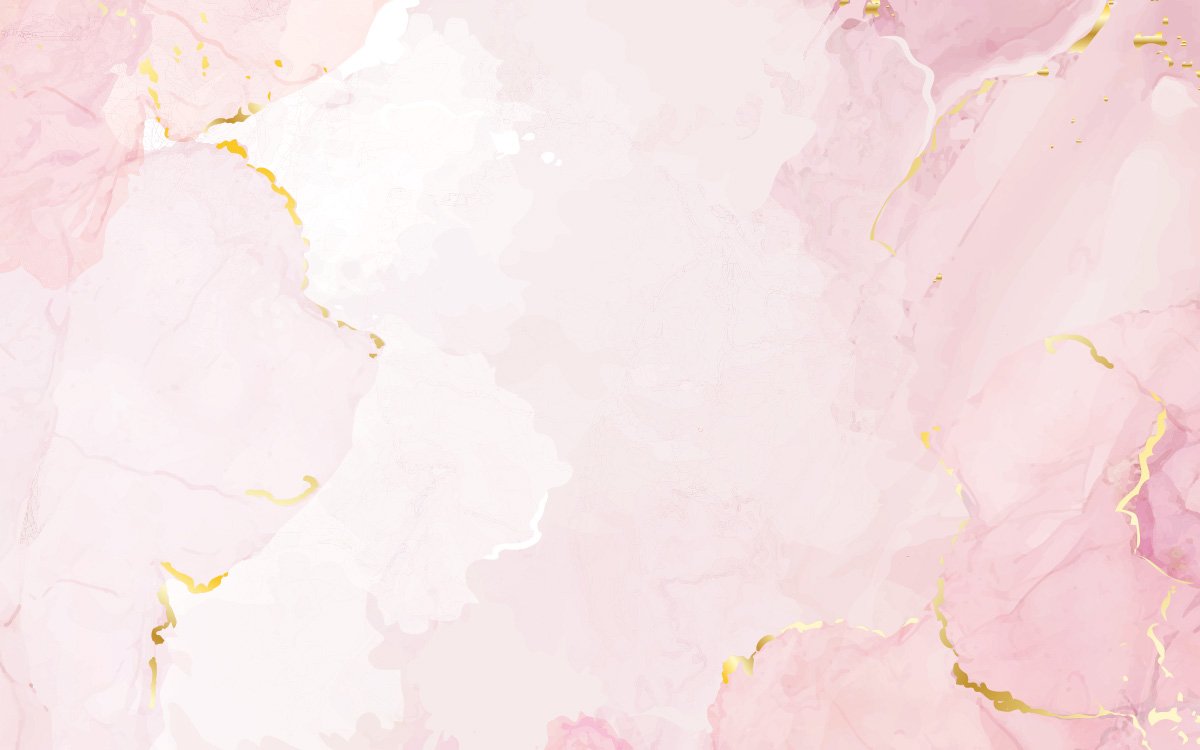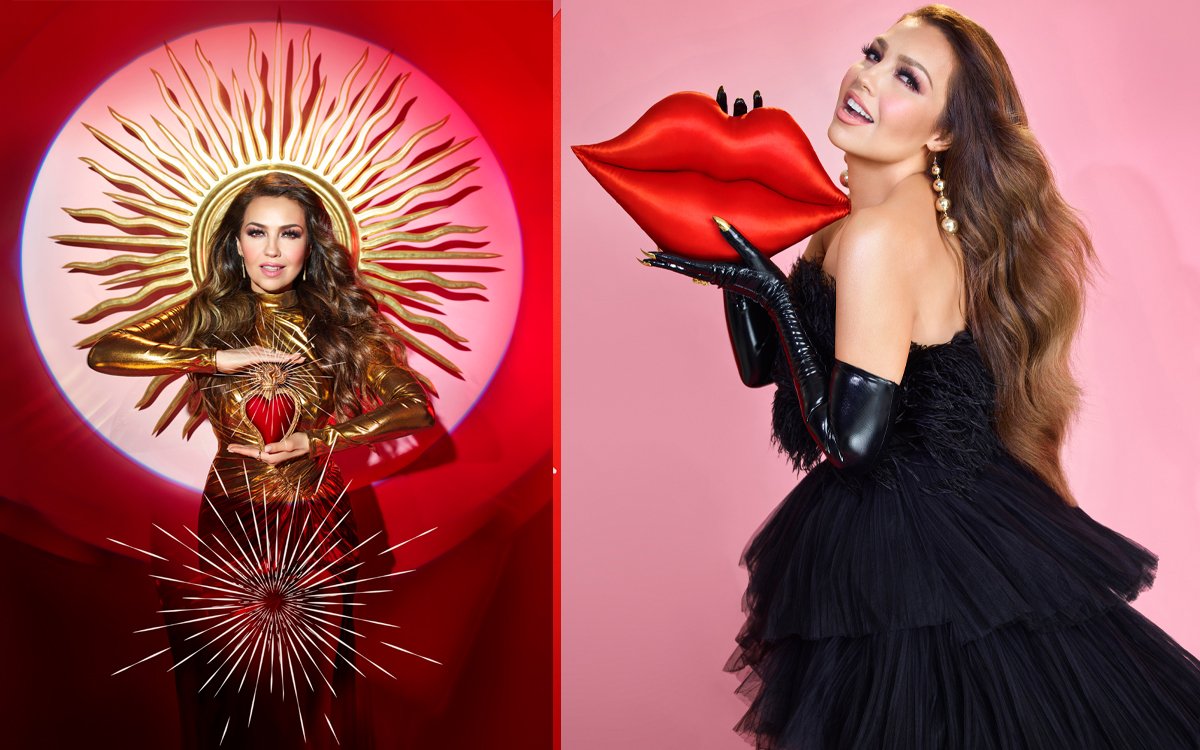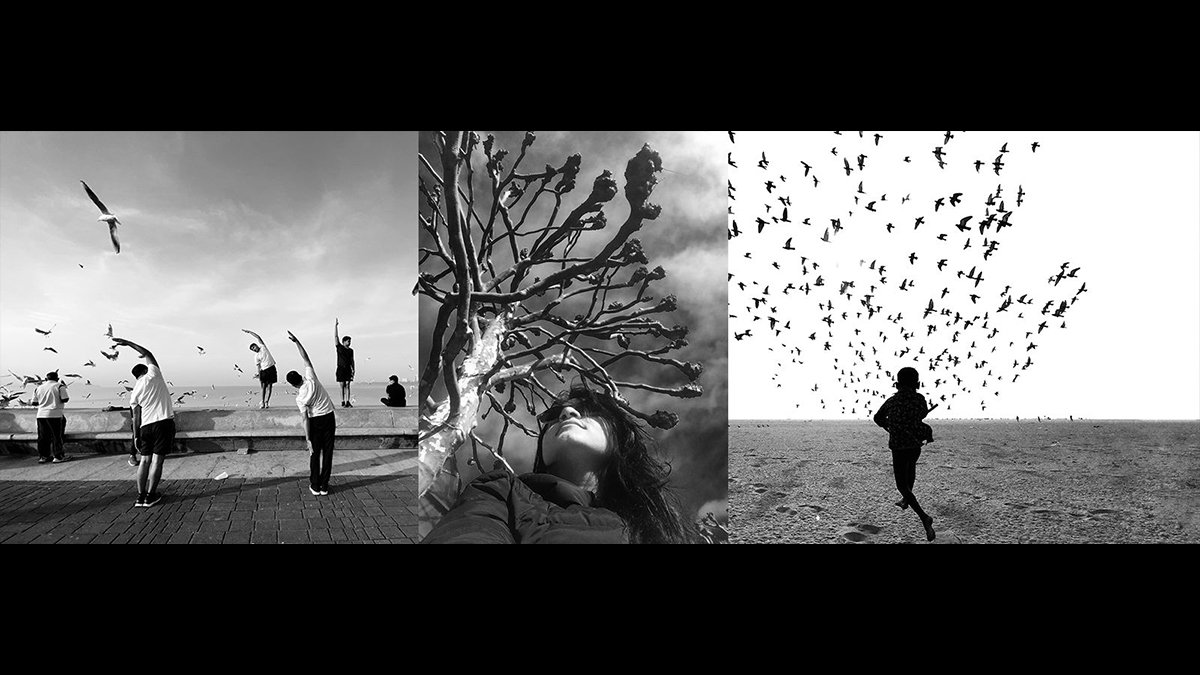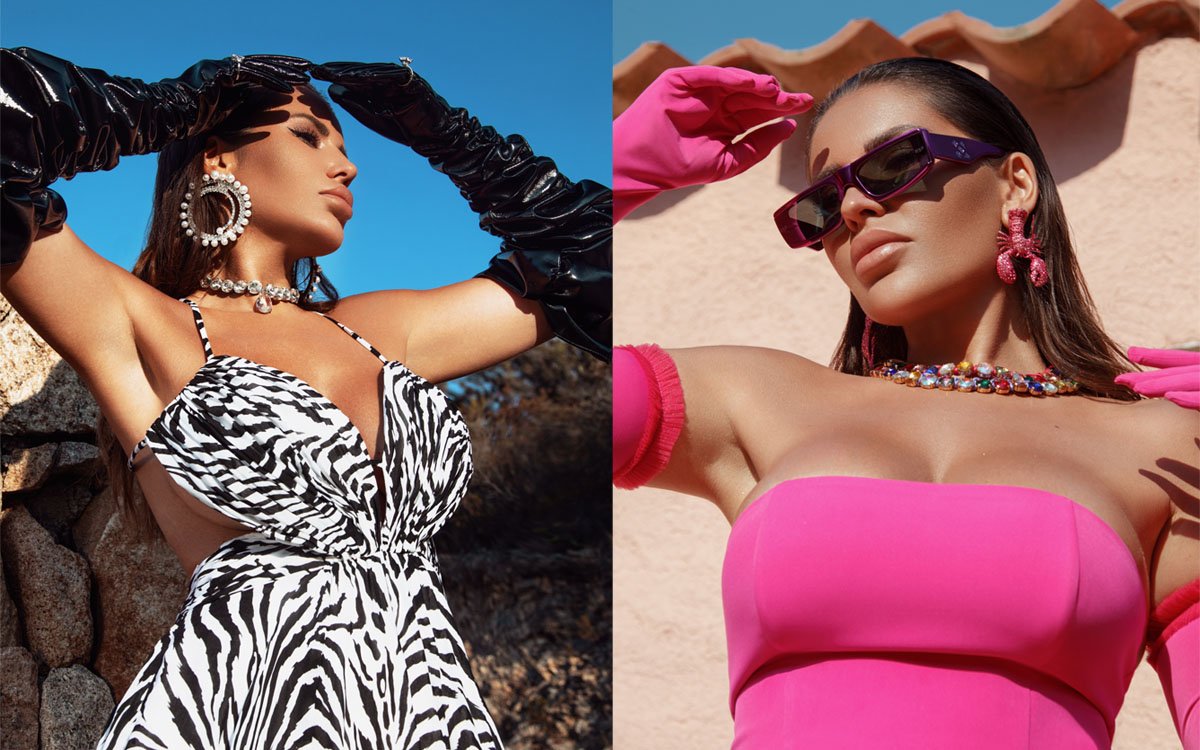Art Is Something That Demands Full Attention, Especially When It’s Is Immersed With The Joyful Spirit Of Spring. So Without
Any Further Ado, Let’s Take A Look At The Classic Masterpieces To Welcome Spring!
A season symbolizing rebirth and fertility, spring denotes the revival of nature with colourful flowers blooming, warming temperatures and longer days. Not surprisingly this time of year has inspired many painters to capture such springtime scenes in their artworks. With spring, the world is reborn. The trees drip with blossom and the leaves begin to unfurl, promising the onset of summer and the long, drowsy days to come. For artists, it has been a constant source of inspiration since the Renaissance. If humans forget how majestic nature can be, floral paintings are always there to remind us of its beauty. Through different approaches and techniques, artists who paint flowers pay a modest tribute to nature. From 17th
century Dutch still-life paintings to Japanese woodblock prints, flower art has a long and storied history. There’s a timeless sense of joy, hope, or even moroseness that paintings of spring can evoke. Take a look at some of the most memorable paintings of spring created over last years, and you may just be inspired to begin drawing your own!
1. VINCENT VAN GOGH, ALMOND BLOSSOM
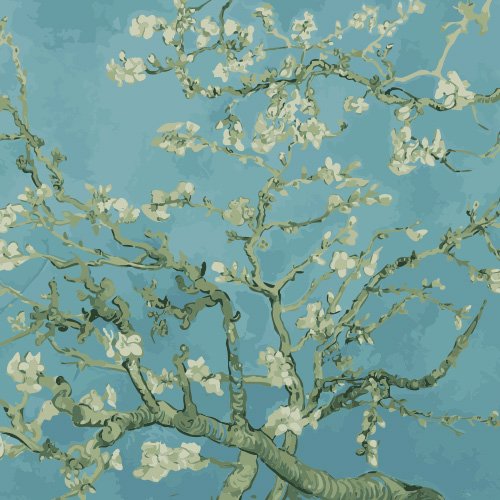
Almond Blossom belongs to a group of several paintings, made in 1888 and 1890 by Vincent Van Gogh. These were painted in
Southern France which is full of blossoming almond trees. Flowering trees were special to the artist as they represent awakening and hope. He enjoyed them aesthetically and found joy in painting them. Almond Blossom was made to celebrate the birth of his nephew and namesake, who was the son of Van Gogh’s brother Theo and sister-in-law Jo. Large blossom branches like this against a blue sky were one of Van Gogh’s favourite subjects. Almond trees flower early in the spring making them a symbol of new life. He borrowed the subject, the bold outlines and the positioning of the tree in the picture plane from Japanese printmaking. The painting was a gift for his brother Theo and sister-in-law Jo, who had just had a baby son, Vincent Willem. In the letter announcing the new arrival, Theo wrote: ‘As we told you, we’ll name him after you, and I’m making the wish that he may be as determined and as courageous as you.’ Unsurprisingly, it was this work that remained closest to the hearts of the Van Gogh’s family.
2. RENÉ MAGRITTE, LE PRINTEMPS (SPRING)
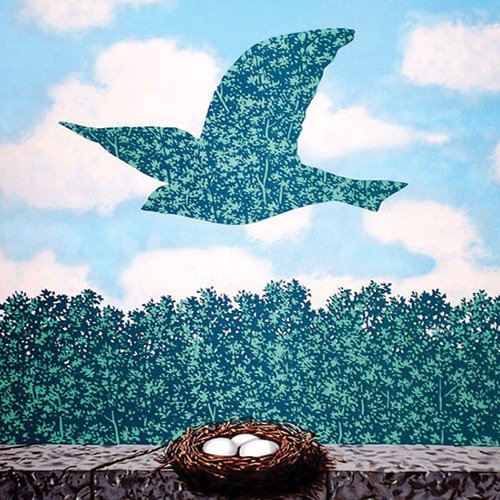
René Magritte was a Belgian surrealist artist. He became well known for creating a number of witty and thought-provoking
images, and he loved to paint birds. By often depicting ordinary objects in an unusual context, his work is known for challenging observers and preconditioned perceptions of reality. His imagery has influenced pop, minimalist, and conceptual art. The soaring bird is an image that appears often in Magritte’s work. It is shown gliding above a wood of the same trees and leaves and above a nest lying on a low stone wall. The nest contains three eggs, determining “the fertility of springtime” which is facile in this instance. A more striking feature is the repetition of the same motive (branches and foliage) in two objects that move in quite different ways, as if establishing a two-way visual and mental connection between the bird and the wood. Created after the 1965 original oil on canvas Le printemps (Spring) by René Magritte (1898-1967), this color lithograph was published and printed by Philippe Moreno, Paris in 2003.
3. SPRING BY GIUSEPPE ARCIMBOLDO

This painting belongs to a four-part cycle of the Seasons, a theme which was frequently repeated by Arcimboldo for the Imperial court in Vienna and Prague. This particular series, which is now in Paris, had been commissioned by Emperor Maximilian II for Augustus the Elector of Saxony. The underlying principle of Arcimboldo, compositions is the use of elements from an area of objects which is clearly discrete from others, which is done in such a way that they add up to a personified figure. The individual elements do not have any mimetic properties; they only receive them when they co-occur with others. A merging of still life and portraiture, this painting praises the opulence of the prestigious House of Habsburg. Above all, the work of Giuseppe Arcimboldo fascinates by its composition. Like a natural puzzle, the plants pile up and intermingle to form a face in profile having cocktail of colours, floral details in enchanting shapes.
4. PRIMAVERA BY SANDRO BOTTICELLI

Primavera meaning Spring, was created by Sandro Botticelli and has been described as one of the most written about, and
most controversial paintings in the world. It has also been referred to as one of the most popular paintings in Western art. The
painting depicts a group of figures from classical mythology in a garden, but no story has been found that would bring this
particular group together. Most critics agree that the painting is an allegory based on the lush growth of Spring. La Primavera is one of the great works of the Renaissance. At its centre, as in Botticelli’s most famous work, is the figure of Venus. The artist presents six women on the canvas flanked by two men, and above them flies a cherub. They stand in an orange grove, full of ripe fruits. Some critics see the woman to the front, scattering roses before her, as Primavera, is the embodiment of spring. Others read the figures on the right as Zephyrus grasping at the nymph Chloris – he married her according to myth, and she was transformed to Flora, goddess of Spring. Altogether it is a celebration of ripeness and fertility coming back to the world in spring.








